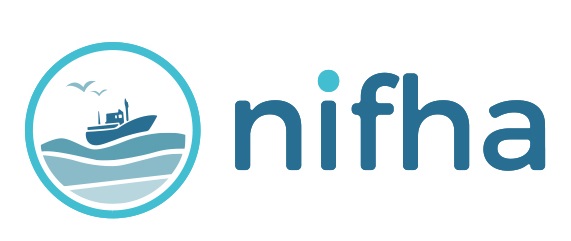

Section
1.1 Implementing the Authority’s Health and Safety policy.
1.2 Providing leadership to encourage all employees to be safety conscious, ensuring that sufficient financial resources are available for the implementation of the Health and Safety programme.
1.3 Developing a safety training programme for managers and employees including induction training.
1.4 Ensuring that safe working practices and procedures to prevent injury and illness are followed.
1.5 Ensuring risk assessments are completed, recommendations made regarding the reduction of risk and ensuring conformity to the revised safe systems of work procedure etc.
1.6 Ensuring that safety meetings are carried out and minuted on a 6 monthly basis at each harbour location and that action points are completed.
1.7 Ensuring that follow up safety meetings are held within 3 months of the six monthly safety meetings.
1.8 Ensuring that health and safety information including statutory regulations, Codes of Practice and other relevant matters are updated.
1.9 Communicating safety information to employees and holding regular meetings with safety representatives or employees to discuss health and safety matters.
1.10 Ensuring that all employees are aware of the health and safety policy by displaying it on notice boards and that the policy is discussed with new employees during their induction training.
1.11 Ensuring that adequate records of all accidents are kept and monitored to enable corrective action and reporting under the RIDDOR regulations.
2.1 Ensuring that risk assessments are carried out where necessary, including those necessary for young persons and pregnant workers.
2.2 Ensuring that all risk assessment action points are completed in a timely manner.
2.3 Ensuring that all Authority Codes of Practice and Bye-Laws are implemented.
2.4 Ensuring that safe working conditions exist and that equipment etc. is properly maintained according to maintenance and cleaning schedules.
2.5 Ensuring that all plant and equipment is used correctly and that protective clothing and equipment is provided and used when required.
2.6 Ensuring that the status of all equipment and facilities within their responsibility is monitored and recorded on a regular basis and that appropriate corrective action / repair is effectively carried out when required.
2.7 Understanding the fire evacuation procedures for their area of control and regularly checking that fire appliances are properly positioned and that gangways and fire exits are kept clear of obstruction. Complete a fire risk assessment.
2.8 Ensuring that all staff for whom they are responsible work safely, and do not endanger themselves or others including the general public.
2.9 Reporting accidents and hazardous incidents to the Chief Executive.
2.10 Ensuring that adequate first aid facilities are available.
2.11 Liaison with other persons and employees using the premises with regard to health and safety matters affecting the premises. In particular the effect of contingency plans for the fire evacuation etc.
2.12 Ensuring that agreed safety checks are undertaken to the prescribed schedule and the outcomes recorded.
3.1 Contribute and co-operate with risk assessments being carried out by the Authority.
3.2 Be aware of the effects of their work on port users and the general public, and ensure that they do not create hazards or endanger others by their actions.
3.3 Wear protective clothing and equipment that is provided for specific duties.
3.4 Use safe systems of work devised by the company
3.5 Be familiar with and follow emergency procedures as instructed.
3.6 Checking equipment and facilities before use and to report deficiencies or problems to their immediate line manager.
3.7 Be willing to undertake relevant training identified as required by management.
